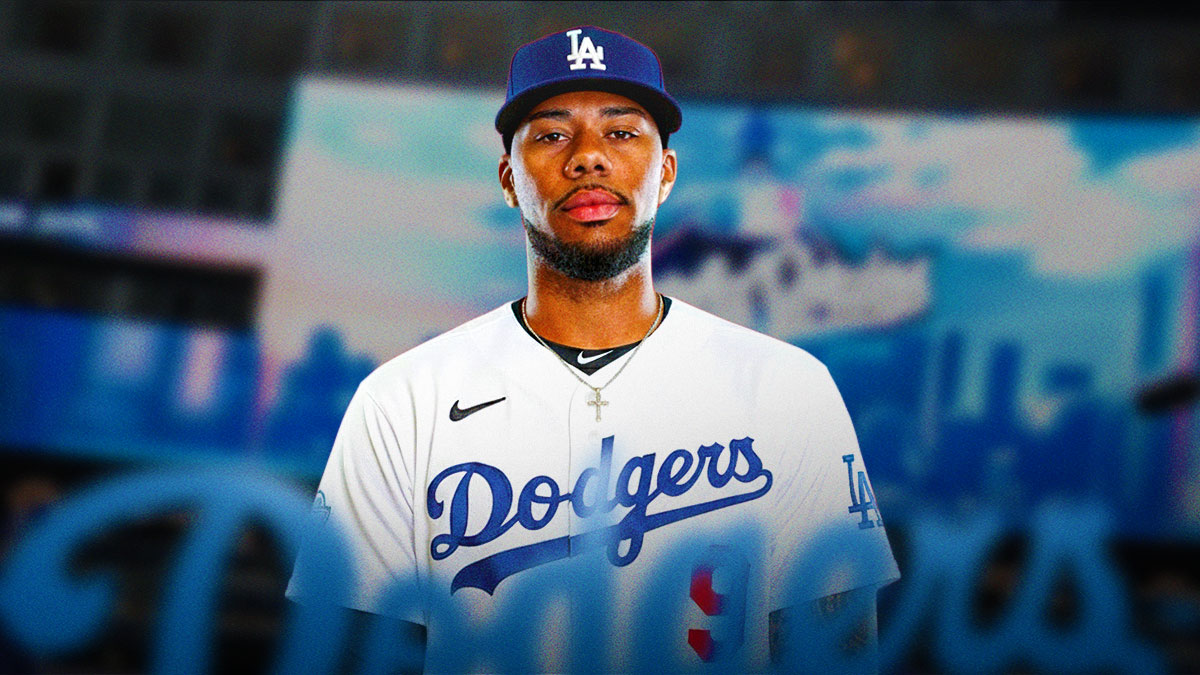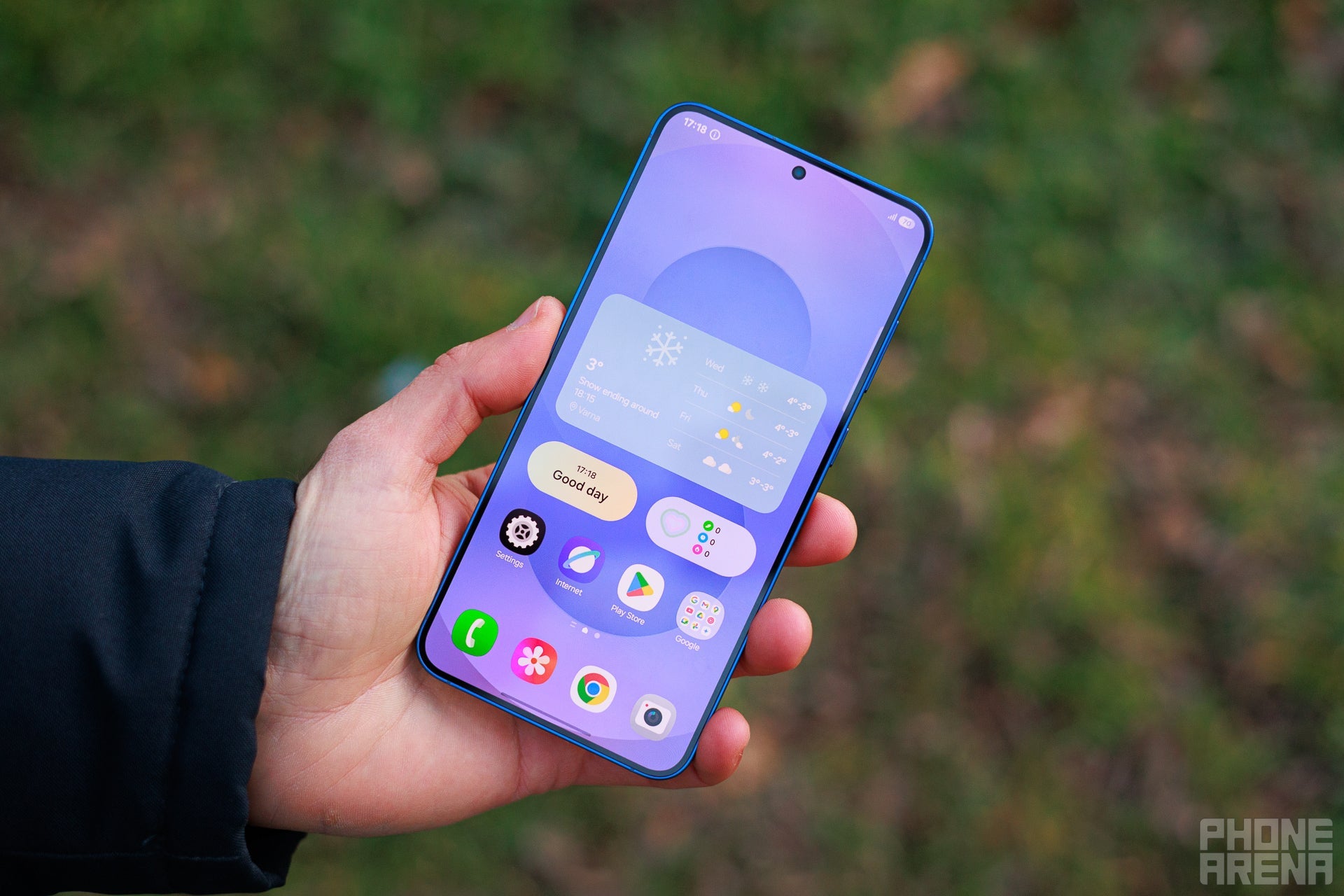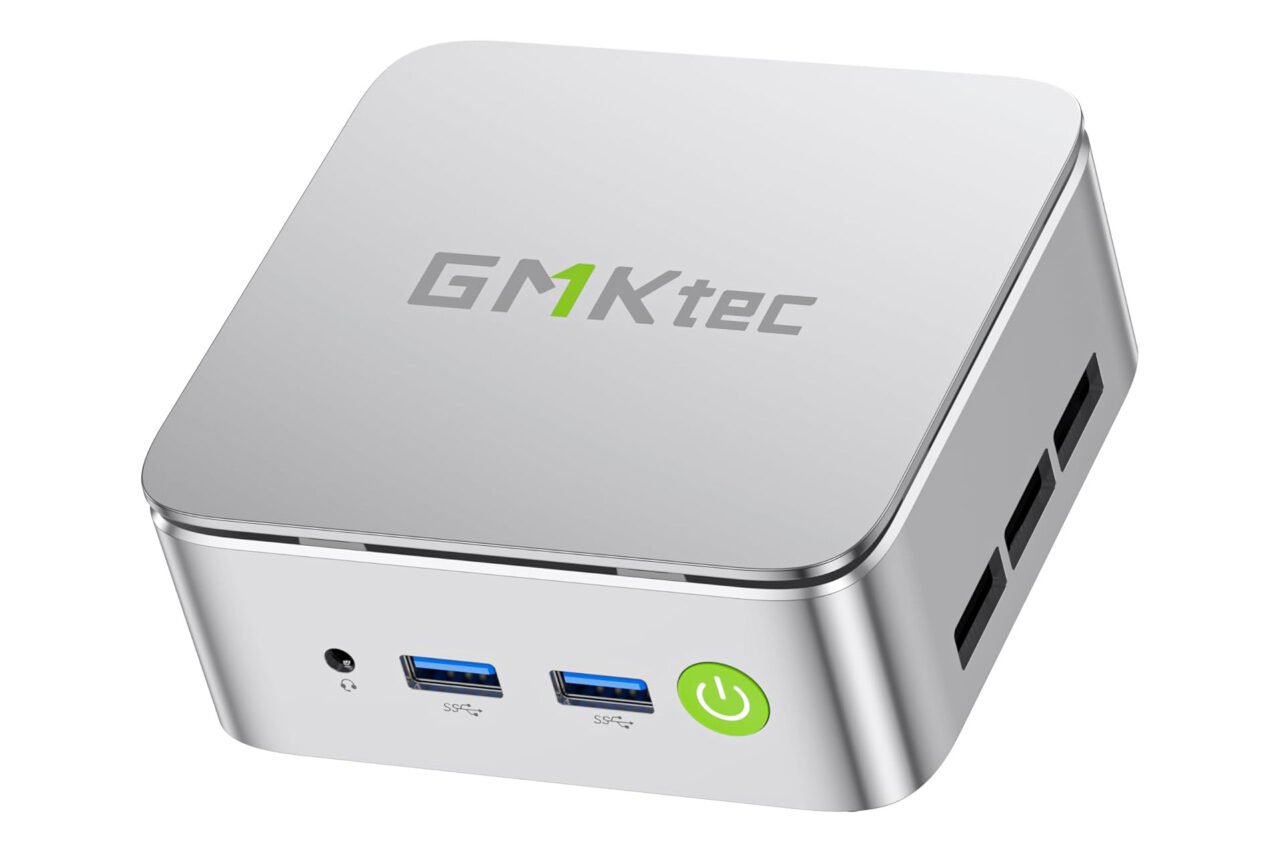The Los Angeles Dodgers have built a dynasty on being aggressive, smart, and opportunistic when championship windows open. With another World Series title within reach and a rotation already stacked with Blake Snell, Yoshinobu Yamamoto, Tyler Glasnow, and Shohei Ohtani, adding a fifth ace might seem like overkill. But when an opportunity like Hunter Greene becomes available, the Dodgers should pounce—and here’s the perfect trade package to make it happen.
### Why the Dodgers Should Target Hunter Greene
There have been several reports out of Cincinnati that the Reds are planning to shop Greene this winter. While these reports have not been confirmed, and it’s unclear why the Reds would consider the move given Greene’s team control through the 2029 season (he signed a six-year, $53 million extension in 2023, with a team option for 2029 worth $21 million), the rumors are persistent.
Greene has the potential to win a Cy Young Award someday or at least finish in the top five. One possible reason for a trade could be durability concerns; in his first four years in the majors, Greene has never made 27 starts or pitched 160 innings. There may be an undisclosed medical risk. If the Reds do decide to trade him, they could receive a huge return given his contract control and elite talent. The Dodgers, along with teams like the Mets, Red Sox, Yankees, Orioles, and Giants, are likely to be interested.
From the Dodgers’ perspective, Greene would serve as insurance for their star-studded rotation and provide a dangerous weapon come October. At just 26 years old, Greene boasts elite stuff—a fastball averaging 99.5 mph and a devastating slider that ranks among the nastiest pitches in baseball. Over the past two seasons, he posted a 2.75 ERA in 2024 and a 2.76 ERA in 2025, with strikeout rates exceeding 30%.
Despite missing time due to injuries, Greene has shown true ace potential when healthy, striking out 132 batters in just 107.2 innings in 2025. The Dodgers’ rotation is formidable already, but depth means everything in October, and Greene’s contract is remarkably team-friendly. He’s set to earn just $8.3 million in 2026, $15.3 million in 2027, and $16.3 million in 2028 — a bargain for an ace-caliber arm.
Imagine a five-man rotation of Snell, Yamamoto, Glasnow, Ohtani, and Greene: historically dominant, giving manager Dave Roberts the luxury to pick favorable matchups in the postseason.
### The Perfect Trade Package
The Reds are desperate for offensive help. In 2025, Cincinnati ranked 17th in batting average (.245), 21st in home runs, and 19th in stolen bases. Their lineup features several players with a wRC+ below 100, including Tyler Stephenson (99), Spencer Steer (97), Will Benson (85), and Ke’Bryan Hayes (82).
Meanwhile, the Dodgers possess exactly what the Reds need: a deep farm system ranked No. 1 by MLB Pipeline at midseason, loaded with young outfielders and middle infielders.
Here’s the trade proposal that works for both sides:
**To Cincinnati:**
– OF Andy Pages
– OF/1B Josue De Paula (Dodgers’ No. 1 prospect, MLB No. 12)
– SS/3B Alex Freeland (Dodgers’ No. 3 prospect, MLB No. 43)
– RHP Edgardo Henriquez (MLB-ready bullpen arm)
**To Los Angeles:**
– RHP Hunter Greene
This package addresses Cincinnati’s most glaring need: impact bats.
Andy Pages, 24, is a legitimate big-league regular who posted a .272 batting average with 27 home runs and 86 RBI in 2025. He’s under team control through 2030 and provides the Reds with an everyday center fielder who can hit for power and play solid defense. Pages slashed .281/.329/.481 with 11 home runs through June before cooling off, but his breakout season proved he’s a capable middle-of-the-order bat.
Josue De Paula is the crown jewel of this deal. The 20-year-old outfielder is ranked as the Dodgers’ top prospect and No. 12 across all of baseball. Scouts have compared De Paula to Yordan Alvarez, praising his advanced approach and picturesque left-handed swing. He posted a .404 on-base percentage across two levels of Class A ball in 2024, showcasing elite plate discipline and an all-fields approach. While defensive questions remain—he may ultimately settle at first base or DH—his offensive upside is tantalizing. De Paula projects as a future middle-of-the-order force with plus hitting ability and above-average power.
Alex Freeland adds versatility and immediate help. The 23-year-old shortstop slashed .270/.369/.412 at Triple-A Oklahoma City with just one error in 108 chances. He’s drawn comparisons to a potential everyday shortstop and provides Cincinnati with insurance for Elly De La Cruz while also being capable of playing second or third base. Freeland represents the kind of polished, MLB-ready prospect who could contribute right away in 2026.
Edgardo Henriquez is the sweetener—a power arm out of the bullpen who can help the Reds fortify their relief corps as they develop their young starters.
### Why This Trade Makes Sense for Both Sides
For the Dodgers, this is a win-now move that solidifies their rotation for the next three seasons without sacrificing financial flexibility. Greene’s contract is an absolute steal compared to what elite starters command on the open market. The Dodgers would still retain outfield depth with Zyhir Hope, Eduardo Quintero, and Mike Sirota in their farm system. They’re also graduating Dalton Rushing and have already established a core of Freddie Freeman, Mookie Betts, and Will Smith.
For the Reds, this trade addresses their offensive deficiencies while maintaining pitching depth. Cincinnati would still have Nick Lodolo, Andrew Abbott, Brady Singer, and Chase Burns in their rotation, along with emerging arms like Rhett Lowder and Julian Aguiar. Pages gives them an immediate power bat in center field, De Paula provides a potential franchise cornerstone, and Freeland adds infield versatility. The Reds could use the savings from Greene’s contract to pursue additional free agents or extend their young core.
This trade aligns perfectly with both organizations’ competitive windows. The Dodgers are in championship mode now, and Greene gives them an embarrassment of riches in a playoff rotation. The Reds, meanwhile, are building towards sustained contention with Elly De La Cruz, and this package accelerates their offensive development while keeping pitching depth intact.
This is the deal that makes both franchises better: the Dodgers get their fifth ace and the deepest rotation in baseball, while the Reds receive three impact prospects that address their biggest weakness. It’s the perfect trade—one that could define both teams’ trajectories for the next half-decade.
https://clutchpoints.com/mlb/los-angeles-dodgers/dodgers-perfect-trade-offer-for-reds-hunter-greene


